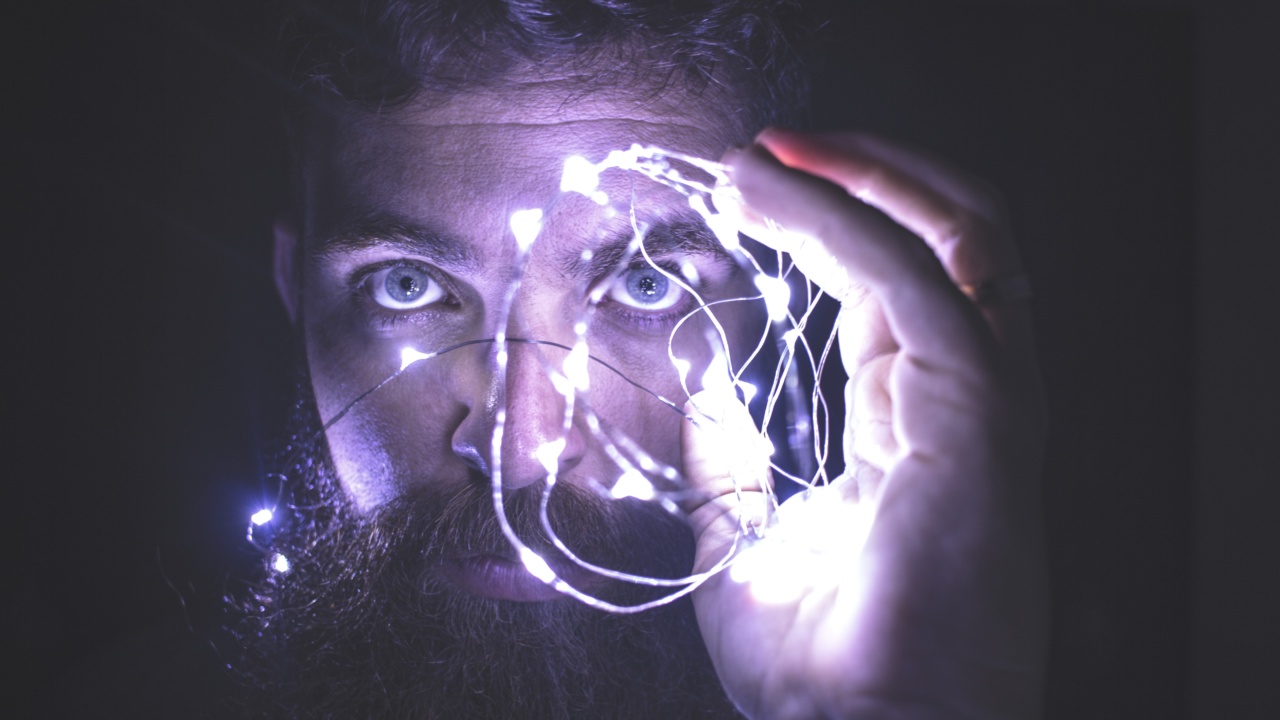In the pursuit of understanding human consciousness, scientists and philosophers have delved into the depths of the human brain for centuries.
Considered one of the greatest mysteries of our existence, consciousness encompasses our thoughts, emotions, perceptions, and self-awareness. While we have made significant progress in unraveling its enigma, the true nature and origins of consciousness continue to elude us.
However, recent advancements in neuroscience have shed new light on this fascinating field, offering glimpses of the key that may unlock the secrets of human consciousness right within the intricate folds of our brains.
1. Mapping the Brain: An Intricate Journey
Embarking on the journey to understand consciousness necessitates a comprehensive understanding of the human brain itself. The brain, consisting of billions of interconnected neurons, serves as the primary hub for all our cognitive functions.
By employing various advanced imaging techniques such as functional MRI (fMRI) and electroencephalography (EEG), neuroscientists have been able to map the brain’s activity and identify the regions that play a crucial role in consciousness.
2. Investigating the Default Mode Network
One of the key findings in recent years is the discovery of the Default Mode Network (DMN). The DMN consists of a set of interconnected brain regions that are most active during rest or when the mind is free from specific tasks.
This network has been implicated in self-referential thinking, mind-wandering, and introspection – all of which contribute to our conscious experience. Exploring the dynamics and connectivity of the DMN has opened up new avenues for understanding the neural correlates of consciousness.
3. Neural Synchronization and Binding
Neural synchronization, the coordination of activity among different brain regions, has emerged as a prominent hypothesis in the study of consciousness.
It suggests that conscious perception and awareness depend on the binding of information from various brain areas. When different regions synchronize their activity, they create unified representations of objects and events, enabling us to experience a coherent and integrated reality.
Scientists continue to investigate the mechanisms behind neural synchronization and its role in consciousness.
4. The Role of Thalamus: Gateway to Consciousness
The thalamus, often regarded as the gateway to consciousness, relays sensory information from the external world to the cerebral cortex. It acts as a central hub, filtering and prioritizing sensory inputs before they reach higher cortical regions.
Recent studies have highlighted the thalamus’ critical role in regulating consciousness through its intricate connectivity with various cortical and subcortical structures. Understanding the thalamus’ function is crucial in unraveling the mystery of consciousness.
5. Exploring the Quantum Mind
Injecting a dose of quantum physics into the study of consciousness, some researchers propose that fundamental quantum processes within the brain could be responsible for our subjective experiences.
Quantum theories of consciousness suggest that phenomena like superposition and entanglement – which occur at the subatomic level – may lead to the emergence of consciousness. Although controversial, exploring the potential quantum nature of human consciousness opens up novel perspectives and hypotheses.
6. The Influence of Neural Oscillations
Neural oscillations, rhythmic patterns of brain activity, are believed to play a crucial role in shaping conscious experiences. These oscillations can be observed across various frequencies, ranging from slow delta waves to faster gamma waves.
Recent studies have shown that specific oscillatory patterns, such as gamma oscillations, are associated with higher cognitive functions, attention, and consciousness. Investigating the relationship between neural oscillations and consciousness presents exciting avenues for further research.
7. Altered States of Consciousness: Unveiling the Brains’ Flexibility
Altered states of consciousness, such as sleep, anesthesia, or meditation, provide unique opportunities to investigate the mechanisms that underlie our normal waking state.
By studying individuals in these altered states, scientists can examine the neural activity and connectivity patterns associated with consciousness alterations. These investigations have revealed significant insights into the neural mechanisms and transformations that occur when our conscious experience is modified.
8. Building Artificial Consciousness
Reflecting on the mysteries of human consciousness has led scientists to ponder the possibility of creating artificial consciousness. By reverse-engineering the brain and replicating its functionalities, researchers aim to create conscious machines.
Advances in artificial intelligence and computational modeling have enabled the development of neural networks that exhibit characteristics reminiscent of consciousness. However, the creation of true artificial consciousness remains a distant goal, with numerous ethical and philosophical implications.
9. The Role of Experience and Learning
Experience and learning shape the human brain, and it is through these processes that consciousness emerges and evolves. Complex interactions between genetics and the environment influence brain development, wiring, and plasticity.
As our experiences and knowledge grow, so does our conscious perception of the world. Investigating how experience and learning shape consciousness offers valuable insights into the interplay between nature and nurture in shaping our subjective experiences.
10. Ethical Implications: Understanding Consciousness in the Context of AI
As advancements in artificial intelligence continue to accelerate, it becomes crucial to reflect on the ethical implications of creating conscious machines.
Understanding the limitations and uniqueness of human consciousness is essential in defining boundaries and establishing ethical guidelines for the development and use of artificial intelligence. Addressing these ethical challenges prompts discussions about the nature of consciousness itself, encouraging us to contemplate the human experience and what it truly means to be conscious.































